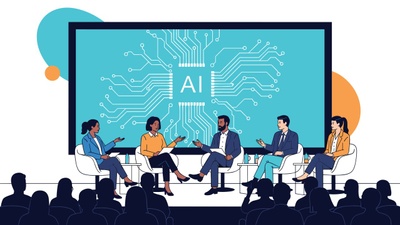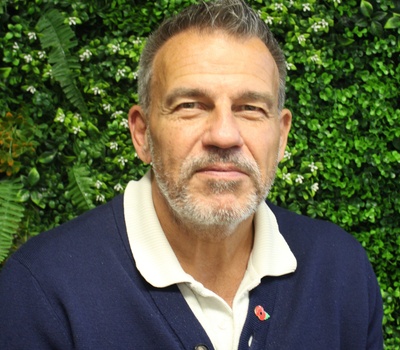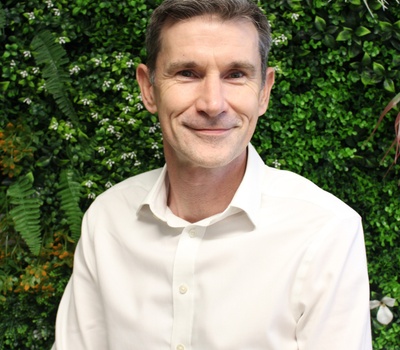
Addressing Minority Imbalance at Work: Is Taking Affirmative Action Fair?
We have been asking people in our business, what they are going to do, to specifically help break gender bias in the workplace this year. This programme benefits final-year students from an ethnic minority background who have an interest in the recruitment industry. We have seven exceptional students, who have already demonstrated a lot of energy, passion and insight.
The pathway programme helps us address not only our own internal diversity but also structural inequalities in our society that result in, for example, people from an ethnic minority background having to make 60% more applications to get a positive response*.
However, when attempting to address these types of inequalities, not everybody believes affirmative action (an active effort to improve employment or educational opportunities for members of minority groups and for women) is the way to go. Questions asked that counter this approach include: ‘Do targets actually work?’, ‘Is affirmative action fair?’, ‘How do you avoid tokenism?’, ‘What about merit?’
When doubting whether to implement affirmative action programmes, I believe a successful decision stems from your ability to be genuine in your approach. What are you trying to address, and is this the best way to do so? It’s important to have the conversations (including the uncomfortable ones!) to understand your motive for the programme and to honestly evaluate the work environment you currently have, and any issues that may need to be addressed first (or subsequently).
Any type of affirmative action will fail if you don’t have an inclusive environment for people to land in. If you don’t work hard behind the scenes to tackle micro-aggressions, senior representation, structural inequalities in your HR processes and other types of organisational norms that may make the experience for a diverse candidate very difficult, your efforts to create a more diverse workforce will not succeed. This is a lengthy process, without an easy fix, that sometimes requires a drastic cultural change within a firm.
One of the key concepts that is often left undiscussed when discussing affirmative action programmes is identity. Even calling someone a diverse candidate is problematic, as they may not identify as such. As an example, I personally identify strongly to the label ‘female’ and applaud any authentic measures to increase the number of women in certain sectors or in leadership positions. However, not everybody will feel this way. And that is totally fine! It’s not up to me to decide how someone should identify, whether they agree with a specific approach that attempts to address inequalities in the organisation. Taking feedback and criticism head-on is important because this is the only way to grow our understanding of different people’s perspectives, perspectives that are all equally valid. I always see these types of conversations as training my diversity & inclusion ‘muscles’, challenging myself and accepting my own biases and limitations. A journey with no end!
In this case, the pathway programme reflects Stanton House’s ethos as we are determined to challenge our company’s diversity and this is a first step forward, whilst also providing what we hope is a career-enhancing process for all included. We will be asking all our participants for their feedback throughout the programme, and we don’t have all the answers by a long shot.
Now it’s back to work to draw up session two of the programme, where students will get an insight into sales and business development, and hopefully get even more excited about a career at Stanton House! If you are interested in learning more about our Pathway Programme or to understand how you may be able to launch a similar type of project in your workplace, you can contact our Learning, Development and Inclusion Partner Esther Boffey.
*research by the Centre for Social Investigation, Oxford University (link)



















